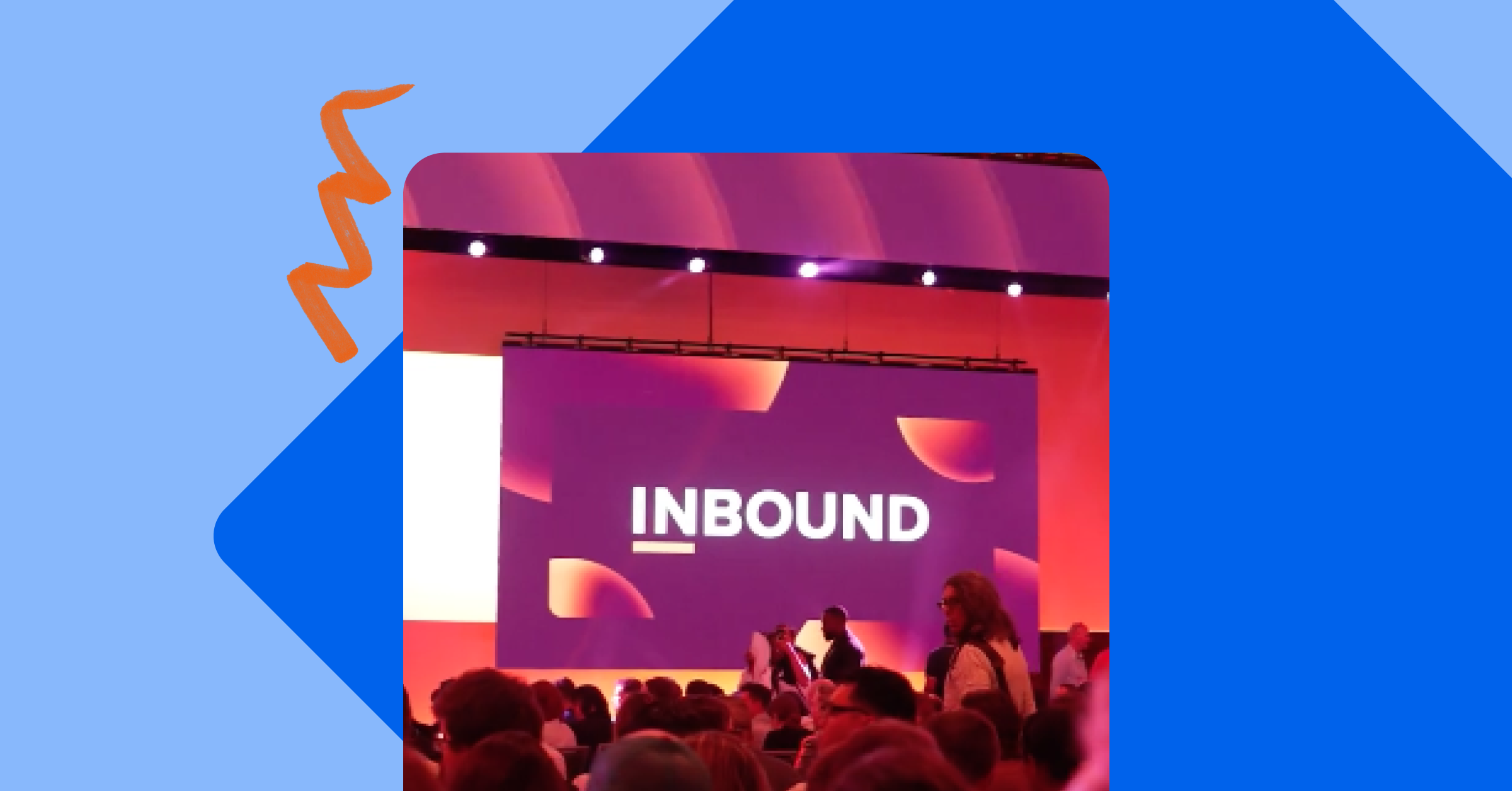Case Study: Inbound Enrollment Marketing for Student Recruitment

May 06, 2021

This article was originally published as a case study in the Fall 2020 issue of Perspectives, NAGAP’s newsmagazine. Direct Development and Kent State University have worked closely together over the past several years to increase interest and enrollment for the Division of Graduate Studies. Read more to learn about the challenges we overcame, the strategy we built and executed, and the amazing results we’ve seen.
The hard realities of enrollment management
In 2017, Kent State University’s Division of Graduate Studies realized that it needed to get (even more) serious about recruitment and enrollment. They were seeing a significant decrease in applications over the prior year, with only 2 out of 3 applicants completing their files once the application was submitted. Even more concerning was that inquiries were trickling in at an extremely low volume of roughly 600 per year.
On top of that, their marketing efforts relied heavily on GRE names that were sent a basic email drip sequence, which produced very few conversions. Their website was generating under 10,000 visits per month, with a very low new contact conversion rate of 0.5%.
In order to turn things around, they didn’t want to just add in some more tactics here and there, incrementally, and cross their fingers to see if they worked. Instead, they wanted to build a comprehensive program that generated an ongoing stream of conversions at the top, middle, and bottom of the funnel.
That’s where Direct Development came in to build a full-scale inbound enrollment plan that included strategies for SEO, digital ads, social media, content publishing, lead conversion, and advanced marketing automation.
How we built an inbound enrollment marketing program incrementally
In order to build an inbound marketing program that generates ongoing lead conversions, you need to have the following basic components in place:
- Clearly identified personas with goals and pain points
- Valuable educational content that appeals to personas (and ranks organically)
- Landing pages, forms, and calls-to-action that capture prospect info
- Marketing automation triggers based on prospect behaviors
- Ongoing paid social media promotions remarketing content resources
- A robust contact tracking system providing data on top-performing tactics
Kent State’s old website limited their ability to make changes, publish content frequently, capture information, and trigger marketing automation. So, we got them set up on HubSpot and connected it via an integration to their CollegeNet CRM that hosted their application.
Then, we built out landing page templates, RMI forms (to embed throughout the website), an admissions blog, and associated email templates within HubSpot that aligned with their current brand. This enabled us to create a seamless experience for prospective students as they navigated through the existing website to landing pages and articles that we published.
The next step was to develop rich content resources that answered the goals and pain points of their personas. It took us a few months to build a persona matrix that identified the keywords and core questions that needed to be addressed for each persona (we started with 10) at all three stages of the applicant journey (awareness, consideration, and decision).
Once we had the personas and keyword themes established, we created various content pieces (both short and long format) that we published as articles, social media posts, landing pages, and downloadable eBooks.
The most challenging part of the content buildout process was getting buy-in and approval from faculty, graduate program coordinators, and deans, particularly because they were not used to producing thought-leadership content instead of viewbook-style program information that traditionally “sold” students on the benefits of Kent State’s graduate programs.
However, once we got our first content marketing campaign up and running, the program leaders were able to see how all the pieces fit together to nurture prospective students by providing engaging and meaningful content at the appropriate time.
The results after one year of enrollment marketing
After 12 months of ongoing content creation, publishing, remarketing, and a lot of technical improvements through better marketing automation, we were able to look closely at the data and dive into the performance metrics of each tactic. Here’s what we achieved in our first year:
- 37 published blog articles
- 6 career/program guides
- 20 landing pages
- 14,400 website visits per month (+44%)
- 3,956 inquiry form submissions (+566%)
- 2,966 new contacts (30% sourced from organic search)
- 2.9% new contact conversion rate (up from 0.5%)
(Pssst…. Want to see results like this? Grab our newest guide, DD’s Deep Dive: Enrollment Marketing Benchmarks Report).
Compounding results with continuous improvement
The best part about inbound marketing is the compounding value of evergreen content that keeps working for us year over year. Yes, we do have to augment and republish certain articles and long-form resources here and there, but that’s all part of SEO best practices that ultimately help increase our organic search rankings for dozens of keywords we want to be winning on.
To give you a real sense of SEO growth in terms of keyword rankings, back in June of 2017, Kent State’s graduate studies website only ranked for a total of 53 keywords in the top 10 positions on Google. Now, three years later, their site ranks for 213 keywords in the top 10 positions — that’s a 400% increase!
Benchmarks from the last 12 months continue to climb:
- 62 published blog articles
- 12 career/program/admissions guides
- 3 recorded webinars
- 46 landing pages
- 15,140 website visits per month
- 7,471 prospect form submissions (non-application)
- 6,615 new contacts (31% sourced from organic search)
- 6.2% new contact conversion rate (up from 2.9% two years ago)
Each year we add more advanced tactics and content offers (chatbots, smart content, progressive forms, etc.), and they aren’t all home runs. But the difference today is that we are able to make extremely quick adjustments at the tactical level — such as changing our digital ad strategy in light of COVID-19 — which prevents us from wasting time and money in areas that aren’t producing worthwhile results.
We’ve found this especially necessary during the pandemic as Kent State, like every graduate school, has had to adjust their enrollment marketing strategy to favor more virtual events, more digital content offerings, and fewer traditional in-person events.
Enrollment marketing has changed forever in the past 12 months. If you’re still using tactics from 2+ years ago, you’re not going to see the results you want. Download our free guide, DD’s Deep Dive: Enrollment Marketing Benchmarks Report to learn:
- Fresh benchmark data for event marketing, email marketing, digital advertising, and content marketing
- New behaviors of prospective grad students as they research and journey through the applicant funnel from initial interest to application completion
- Specific insights on which tactics are the most effective in engaging and converting prospects at all stages
- And much more!
Read the full case study with Kent State University in this edition of NAGAP Perspectives.
.jpg) EBOOK
EBOOK
See how schools are using HubSpot for their enrollment marketing
Service Categories: Enrollment Marketing, Inbound Marketing, Content Strategy









.png)